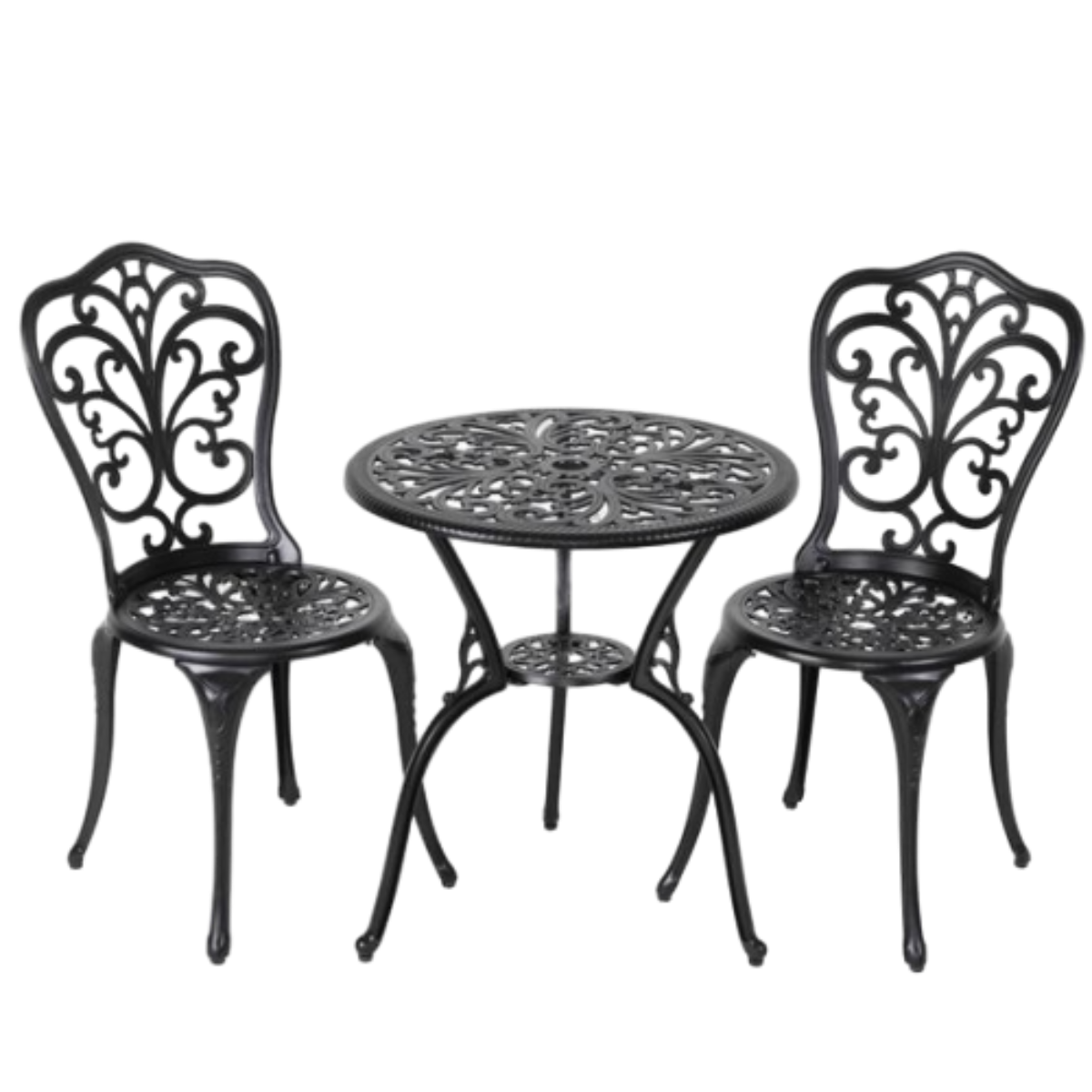wrought iron material
The Legacy and Utility of Wrought Iron
Wrought iron, a material that has been celebrated for its durability and malleability, boasts a rich history that spans centuries. This alloy of iron, characterized by its low carbon content, has been a fundamental component in various applications, ranging from architecture to artistic endeavors. Understanding wrought iron requires an in-depth look at its properties, production methods, historical significance, and modern uses.
Properties of Wrought Iron
One of the most defining characteristics of wrought iron is its remarkable ductility, which allows it to be easily shaped and molded without breaking. This property arises from its microstructure, which consists of fibrous grains that confer strength and toughness. The low carbon content — usually less than 0.08% — ensures that wrought iron does not become brittle. This makes it ideal for products that undergo stress or require a degree of flexibility.
Wrought iron is also resistant to corrosion, a feature that has contributed to its popularity in environmental conditions that would otherwise degrade weaker materials. Its ability to rust forms a protective layer, which minimizes further corrosion, thereby enhancing its longevity. This makes wrought iron an excellent material for outdoor applications, where weather exposure is a concern.
Production Methods
Historically, wrought iron was produced through a labor-intensive process known as forging. This involved heating iron ore and then hammering it to remove impurities, thereby creating a malleable metal. The process of wroughting allowed artisans to create decorative elements, structural components, and functional items that showcased both strength and beauty.
In contrast to modern methods of steel production, which often involve higher carbon concentrations and advanced technologies, wrought iron production is less common today. However, traditional techniques are still employed by skilled blacksmiths who embrace the artistry involved in wrought ironwork. Contemporary wrought iron can be found in various forms, including fixtures and railings, often reflecting traditional craftsmanship.
wrought iron material

Historical Significance
The significance of wrought iron cannot be overstated, particularly in the context of architectural heritage. From the ornate gates of stately homes to the intricate balconies of European cities, wrought iron has played a pivotal role in aesthetic artwork throughout history. Structures like the Eiffel Tower, built using iron but heavily reliant on wrought iron techniques, exemplify its enduring appeal.
In addition to architecture, wrought iron has historical roots in the creation of tools, weapons, and domestic items. Before the mass production era, wrought iron was incredibly valuable for its resilience and ability to hold sharp edges. As societies evolved, so too did the applications of wrought iron, leading to innovations that impacted everyday life.
Modern Uses
Today, wrought iron remains a sought-after material, particularly in decorative metalwork and restoration projects. Its characteristically rustic appearance makes it a favored choice for furniture, gates, fences, and even sculptures. It is often used in combination with other materials, such as wood or glass, enhancing the aesthetic appeal of contemporary designs.
Moreover, environmentally conscious consumers appreciate wrought iron due to its recyclability. Unlike some modern materials that contribute to environmental degradation, wrought iron can be melted down and repurposed without losing its intrinsic properties.
Conclusion
In conclusion, wrought iron is more than just a metal; it represents a fusion of practical utility and artistic expression. Its unique properties have enabled it to withstand the test of time, making it a cherished material in both historic and modern contexts. As we continue to innovate in architectural design and craftsmanship, the legacy of wrought iron remains steadfast, embodying durability, beauty, and a connection to our historical past.
-
Wrought Iron Components: Timeless Elegance and Structural StrengthNewsJul.28,2025
-
Window Hardware Essentials: Rollers, Handles, and Locking SolutionsNewsJul.28,2025
-
Small Agricultural Processing Machines: Corn Threshers, Cassava Chippers, Grain Peelers & Chaff CuttersNewsJul.28,2025
-
Sliding Rollers: Smooth, Silent, and Built to LastNewsJul.28,2025
-
Cast Iron Stoves: Timeless Heating with Modern EfficiencyNewsJul.28,2025
-
Cast Iron Pipe and Fitting: Durable, Fire-Resistant Solutions for Plumbing and DrainageNewsJul.28,2025
-
 Wrought Iron Components: Timeless Elegance and Structural StrengthJul-28-2025Wrought Iron Components: Timeless Elegance and Structural Strength
Wrought Iron Components: Timeless Elegance and Structural StrengthJul-28-2025Wrought Iron Components: Timeless Elegance and Structural Strength -
 Window Hardware Essentials: Rollers, Handles, and Locking SolutionsJul-28-2025Window Hardware Essentials: Rollers, Handles, and Locking Solutions
Window Hardware Essentials: Rollers, Handles, and Locking SolutionsJul-28-2025Window Hardware Essentials: Rollers, Handles, and Locking Solutions -
 Small Agricultural Processing Machines: Corn Threshers, Cassava Chippers, Grain Peelers & Chaff CuttersJul-28-2025Small Agricultural Processing Machines: Corn Threshers, Cassava Chippers, Grain Peelers & Chaff Cutters
Small Agricultural Processing Machines: Corn Threshers, Cassava Chippers, Grain Peelers & Chaff CuttersJul-28-2025Small Agricultural Processing Machines: Corn Threshers, Cassava Chippers, Grain Peelers & Chaff Cutters












